



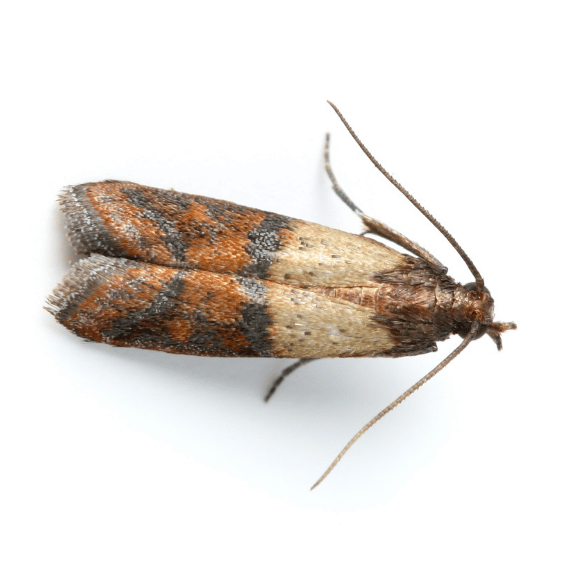
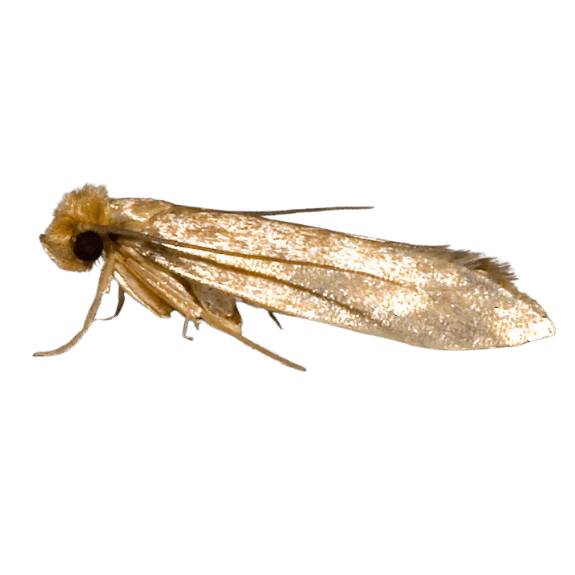
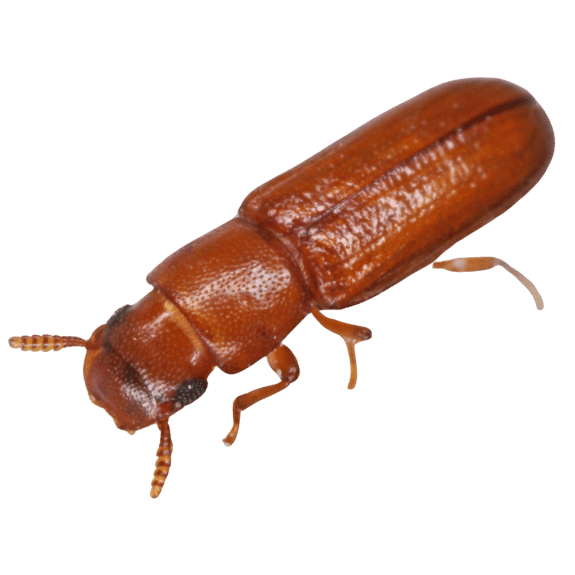
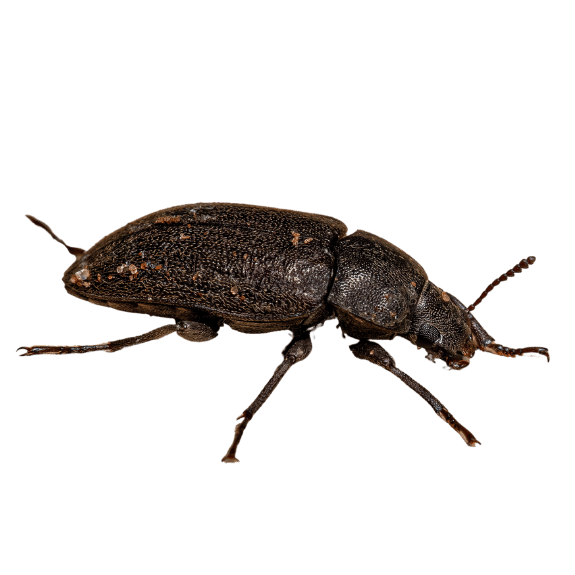
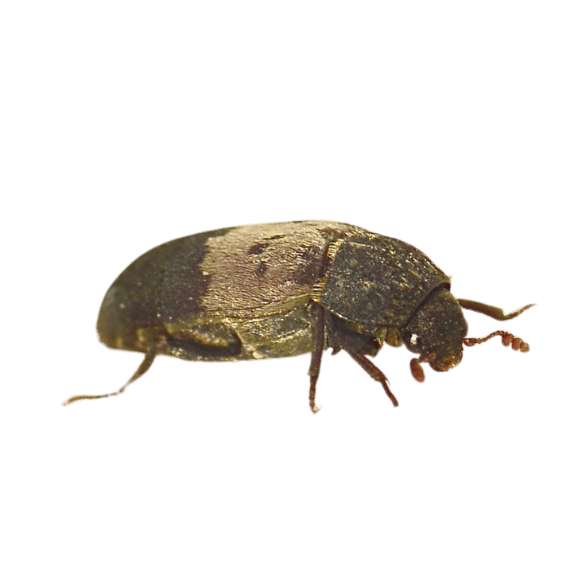

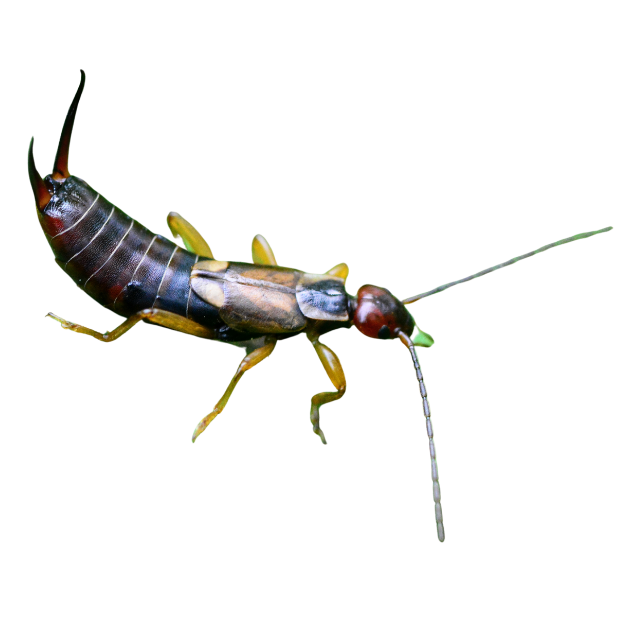
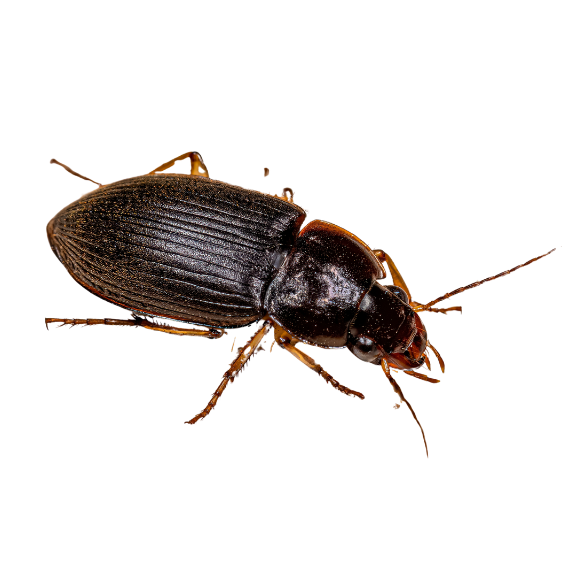
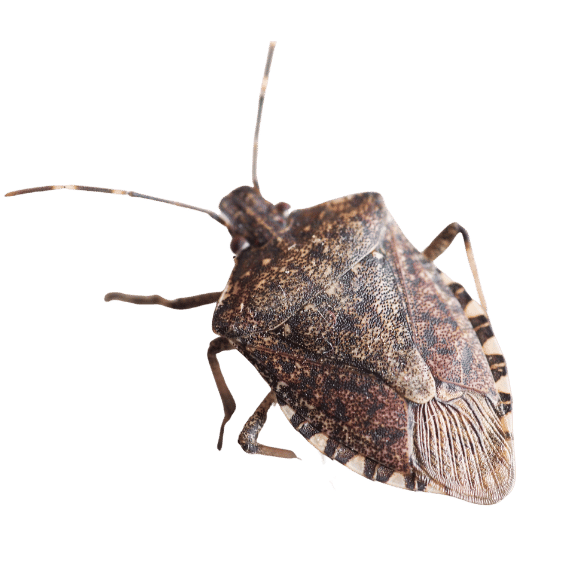
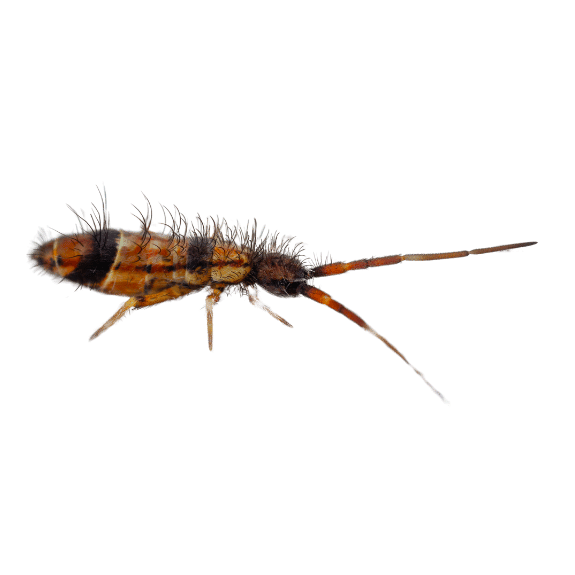
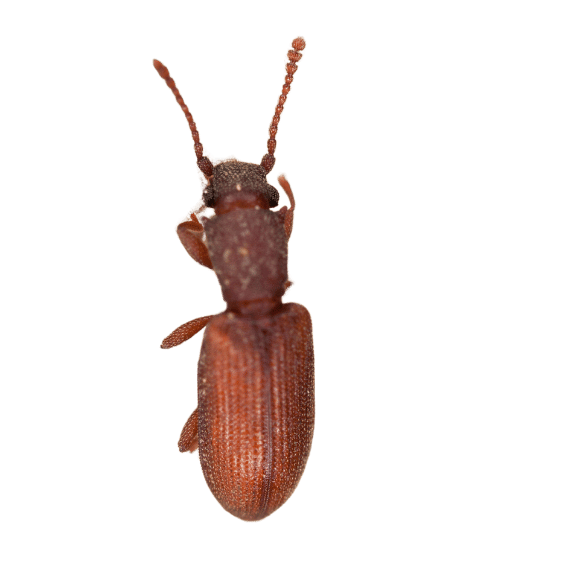
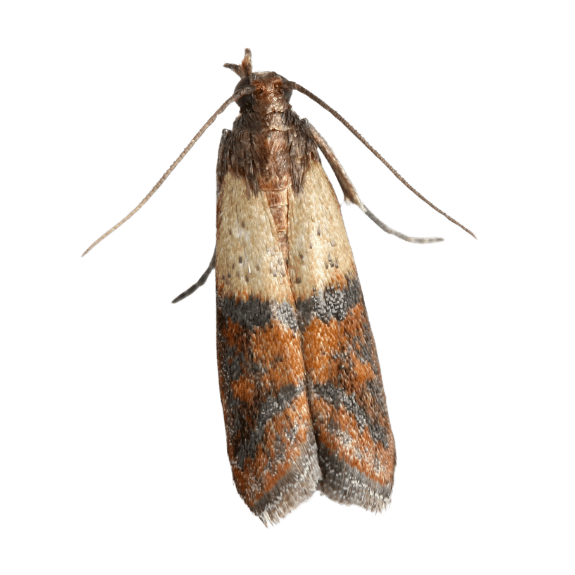
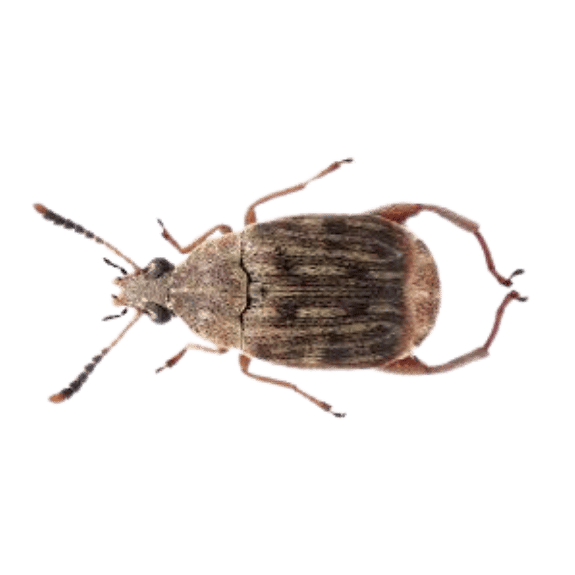
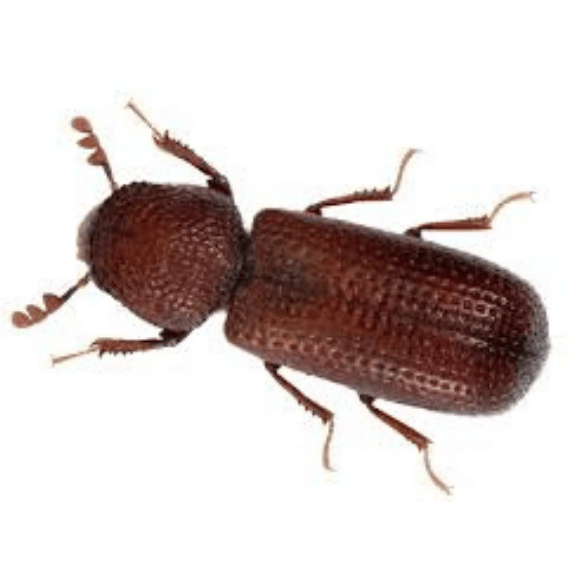
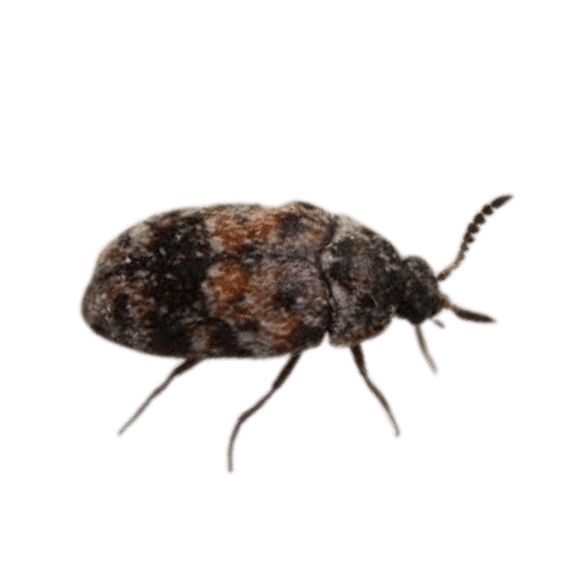













































We’re proud to have earned the trust of our community through fast response times, professional service, and real results. Here’s what some of our satisfied customers have to say about their experience with Rapid Pest Control.



GOODTrustindex verifies that the original source of the review is Google. We had a persistent mice infestation at our agricultural farm and contacted this Rapid pest control company for help. From start to finish, the experience was excellent. Imran, was amazing, he responded quickly, arrived on time, and provided a thorough and effective rodent control treatment. His expertise in mice extermination was evident, and he ensured every potential entry point was addressed. Since the mouse control service, we haven’t had a single issue, our farm has been completely rodent-free. We are extremely satisfied with the results. If you’re looking for commercial pest control services, especially for mice or rodent problems, this company is highly recommended. Reliable, fast, and truly professional, thank you, Imran, for doing such a great job!Trustindex verifies that the original source of the review is Google. Great service and great results!! Highly recommend this companyTrustindex verifies that the original source of the review is Google. We have used Rapid pest control multiple times for our commercial space and this company always exceeded our expectations . Keep up the good work . Will highly recommend!Trustindex verifies that the original source of the review is Google. I was very satisfied with the prompt service from Rapid Pest Control. Pleasant and honest and fair. The assessment was done most professionally and thoroughly. I would highly recommend this company. KRTrustindex verifies that the original source of the review is Google. Imran was extremely helpful in his services and answering questions.Trustindex verifies that the original source of the review is Google. My experience with Rapid Pest Control was first class all the way!! Imran always confirmed his appointments and was 100% on time. He always provided excellent service and was able to remove the problem and followed up to insure customer satisfaction. I would definitely recommend Rapid Pest Control as a one stop solution!!!Trustindex verifies that the original source of the review is Google. We have used Rapid Pest Control more than once. Imran has always been quick, professional and extremely knowledgeable. Imran has even come to view unidentified “droppings” at my home and eased my mind when he discovered their origin. I would highly recommend the services of Rapid Pest Control.

Rapid-PestControl © 2025 All Rights Reserved. Designed by Rank Engineers